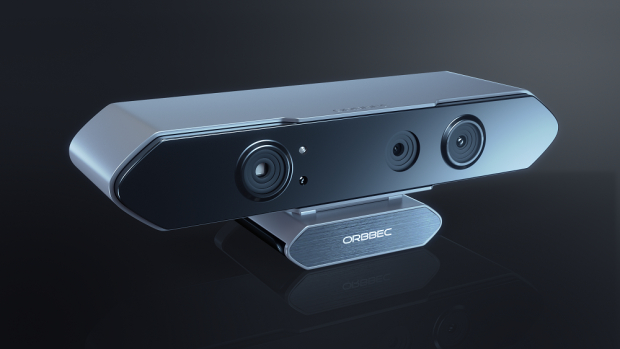Seattle-based Orbbec has hit its Indiegogo target in 30 hours to fund a device that integrates its depth-perceiving 3D camera technology with an onboard ARM computer.
The Persee offers network and WiFi connectivity, so users can run and control their apps directly on the device.
The company describes the Persee as a versatile, low-cost device that can fit in the palm of a hand.
It can plug into a TV or run without a display, and users can interact with it entirely through the built-in 3D camera.
“Persee is the world’s first 3D camera that’s also a fully functioning computer,” said Orbbec. “It streamlines 3D development so you don’t have to waste time getting set up. You can focus on the important stuff: creating amazing apps.”
Orbbec claimed the Persee would enable creative coders, hackers, and pioneering developers to build inventive 3D apps for a wide variety of fields including digital art, augmented reality, home assistance, security, robotics and workplace collaboration.
The Persee is based around Orbbec’s Astra Pro 3D camera, which is aimed at 3D scanning and point cloud development. It includes a 720p HD colour camera with a range of 0.4m to 8m and the ability to stream data via USB 2.0. Orbbec claimed its 3D cameras offer depth measurement accurate to within 0.5 cm at a distance of 2m, “enabling developers to create apps with unparalleled clarity and precision”.
The Persee hardware will also include a quad-core 1.8GHz ARM CPU, 600MHz GPU with OpenCL support, Wi-Fi and high-speed Ethernet, 2Gb DDR3 RAM, and embedded 16Gb eMMC Flash.
For developing and debugging apps, developers will need to connect a mouse and keyboard into Persee using USB 2.0 or Bluetooth. The free Orbbec Astra SDK can be downloaded from the Develop page of the company site.
The SDK includes an API with support for Windows, OS X, Linux, and Android, samples covering the most important aspects of the SDK, robust hand tracking, support for Processing, and Native C and C++11 API.
Coming soon, the new version of the SDK will include full-body skeleton tracking, extensive documentation, the ability to access sensor data from multiple apps simultaneously, as well as support for additional languages including C# and Java, and additional frameworks, including openFrameworks, Unity 3D, and Cinder.
“We expect that most applications will be developed to use the 3D camera as the primary interface or data collection mechanism,” said the company. “When these devices are ready for the consumer market, we expect that a mouse and keyboard won’t be necessary for everyday use.”
Digital Arts Online








Subscribers 0
Fans 0
Followers 0
Followers